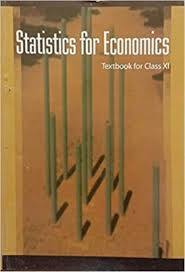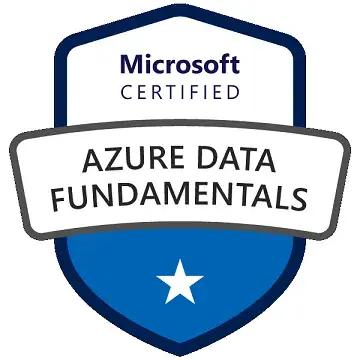Economics Statistics Class 12
-
- 5 rating
- (1 Reviews)
- 0 students enrolled
Economics Statistics Class 12
The exact curriculum and depth of coverage may vary depending on the educational board or system in a particular region or country. Class 11 Business Studies provides students with a broad understanding of the business world and serves as a foundation for more specialized business courses in higher grades or for those who wish to pursue careers in business and management
-
- 5 rating
- (1 Reviews)
- 0 students enrolled
What learn
- Comprehensive Subject Knowledge
- Visual and Interactive Education
- Adaptive Learning Methodology
- 24/7 Availability
- Global Reach and Diverse Resources
Course Content
Requirements
- Smart Phone Or Laptop with Internet Connection
Description
-
Data Collection: Students learn how to collect economic data, whether through surveys, experiments, or by gathering existing data sets. Data collection is crucial for conducting economic research and analysis.
-
Data Analysis: The course covers a range of statistical methods and techniques used to analyze economic data. This includes descriptive statistics to summarize data, inferential statistics to make predictions and draw conclusions, and regression analysis to understand relationships between economic variables.
-
Presentation of Data: Students learn how to present economic data effectively, using graphs, charts, and tables. Clear data presentation is essential for conveying findings to others and for making data-driven decisions.
-
Hypothesis Testing: Hypothesis testing is a fundamental concept in economics statistics. Students are taught how to formulate hypotheses about economic phenomena and use statistical tests to determine whether the data supports or rejects these hypotheses.
-
Probability: Probability theory is a critical component of economics statistics. Students study probability distributions and how they relate to economic events and outcomes.
-
Sampling Techniques: The course covers different methods of sampling, which are essential for drawing valid conclusions about large populations based on smaller samples of data.
-
Econometric Models: In advanced courses, students may delve into econometric modeling, where statistical methods are applied to economic models to analyze and predict economic behavior and trends.
-
Applications: Throughout the course, students apply statistical techniques to real-world economic problems. This helps them gain practical skills for economic analysis and decision-making.
-
Interpretation: An important aspect of economics statistics is interpreting the results of statistical analyses. Students learn how to make sense of statistical findings and draw economic implications from them.
-
Policy Analysis: Economics statistics is often used in policy analysis to assess the impact of various economic policies and to make recommendations for policy changes.
Recent Courses
- June, 23rd 2025
- 3
This course plan outlines a comprehensive curriculum for a prompt engineering course, designed to equip learners with the ski..
- 1699.00₹
2000.00₹
- June, 28th 2025
- 12
In an era where technology is seamlessly integrated into our daily lives, understanding the synergy between Embedded Systems..
- 1599.00₹
2000.00₹
- May, 22nd 2024
- 0
Microeconomics is an essential component of economics as a whole, as it helps us understand how individual decisions and inte..
- 799.00₹
999.00₹
About Instructor
"Founded in 2019, Bringup Education stands as a dynamic Ed-Tech firm. We take pride in offering a diverse array of courses, spanning from school-level education to rigorous undergraduate programs, all impeccably facilitated through our state-of-the-art Learning Management System (LMS).
Moreover, at Bringup Education, we are committed to preparing students for the professional world by providing valuable training and internship opportunities. These experiences not only augment students' skills but also ensure they are 'job ready' upon graduation."


.png)




.png)


